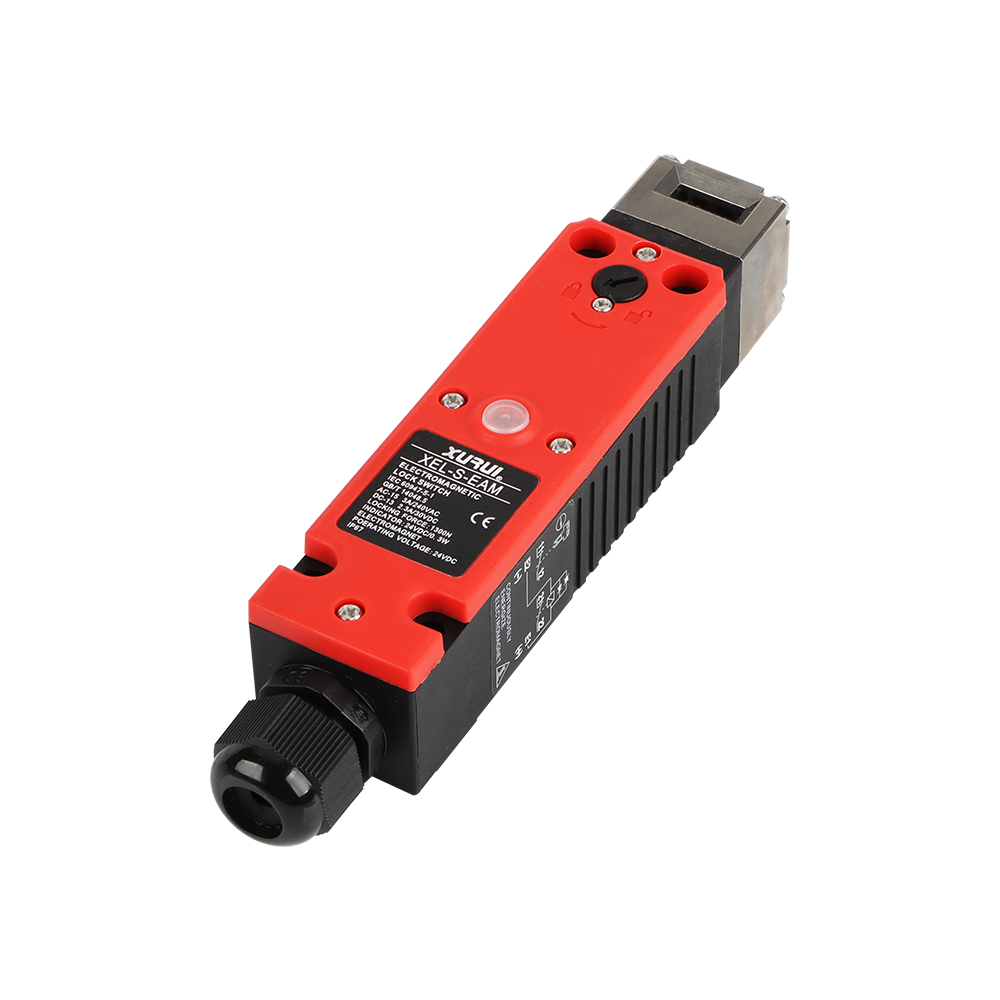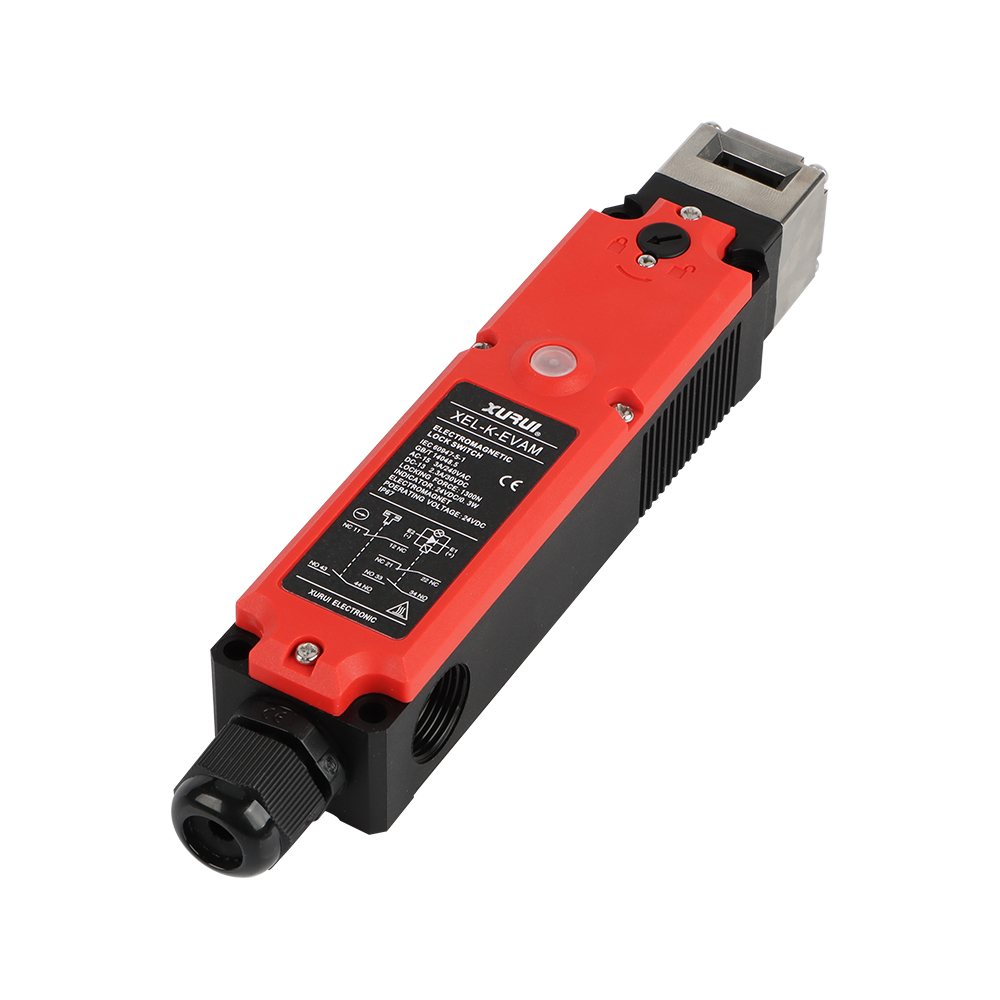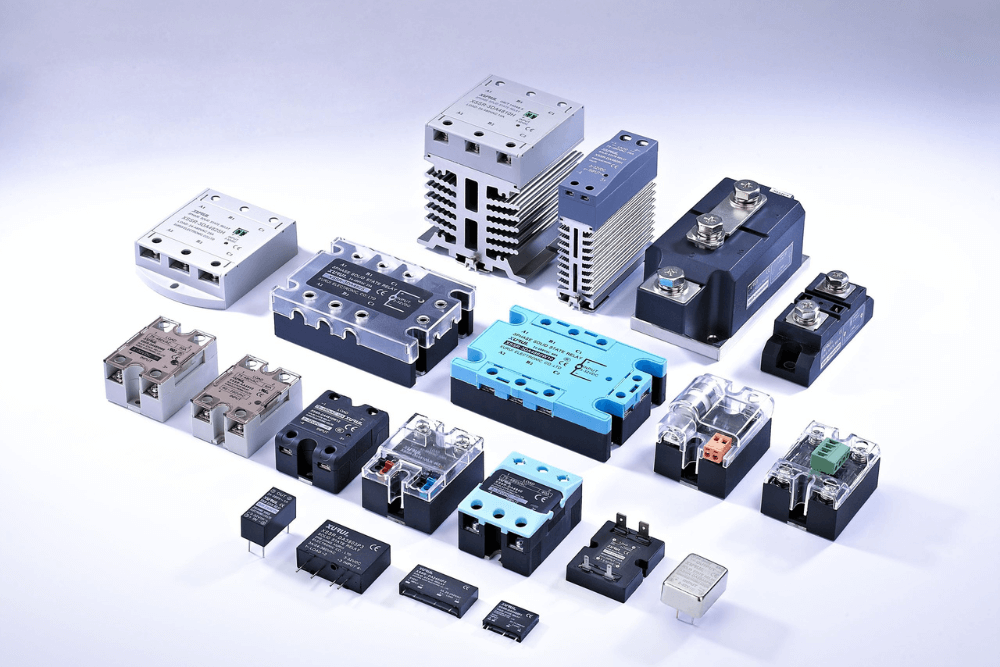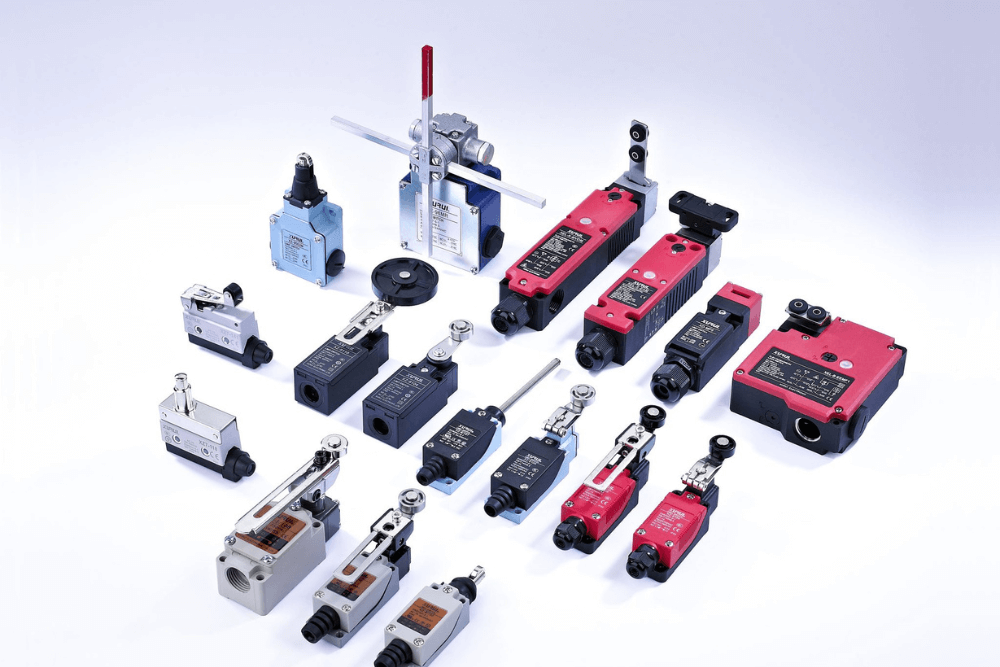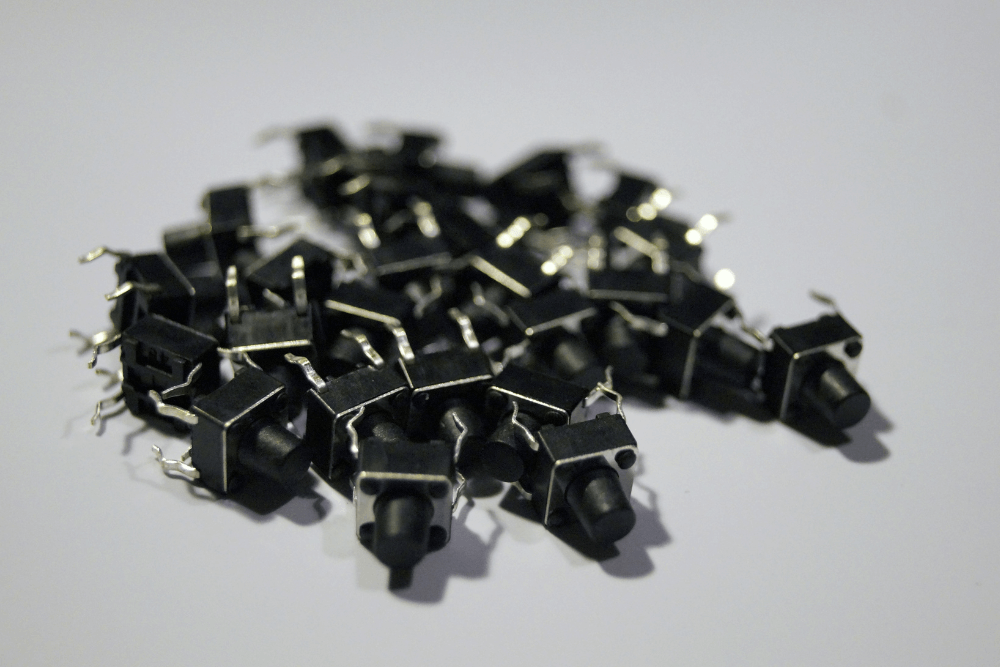文章
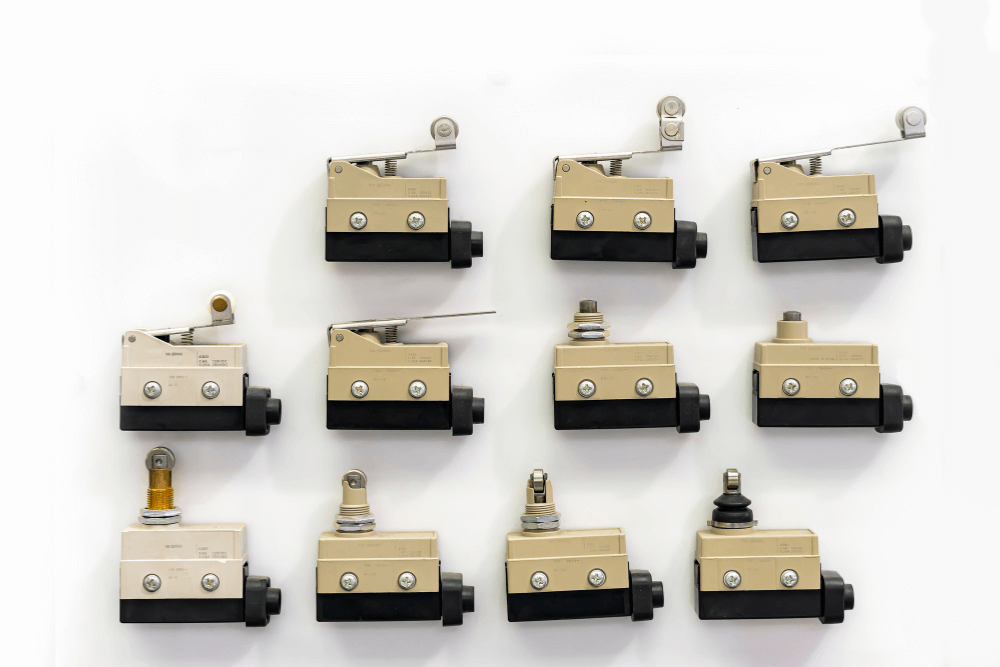
限制开关的6种类型是什么?
限位开关是非常小的机器,使机器能够停止、启动或改变方向。它们可以确保系统安全并平稳运行,无需人工帮助。
在本指南中,您将了解六种主要类型的限位开关以及如何选择合适的限位开关。
了解工业应用中的限位开关
限位开关在工业控制系统中起着至关重要的作用。它们就像传感器一样,可以识别机器的运动或位置变化,因此作保留在航程内。
什么是限位开关?
限位开关是一种小巧但功能强大的设备,用于机器和控制系统。它有助于检测机器零件何时到达特定位置。触发时,它会打开或关闭电路以发送信号。这些开关有多种设计,适用于接触式和非接触式作。
为什么限位开关在自动化和安全方面很重要
安全需要限位开关。它们能够防止机器损坏、超程并精确调节它们。由于这些开关可以自动引导机器,因此人为错误也被最小化。它们提供了额外的安全元素,有助于简化流程。
使用限位开关的常见行业和设备
限位开关适用于许多行业。这些是制造、汽车、包装和机器人技术。您还可以在电梯、传送带、数控机床和其他类似应用中使用它们。
它们与各种设备兼容,并且由于其灵活性而在不同的环境中运行良好。当涉及到种类繁多的解决方案时,像 Xurui Switch 这样的制造商会创建特殊型号来满足他们的特定需求。
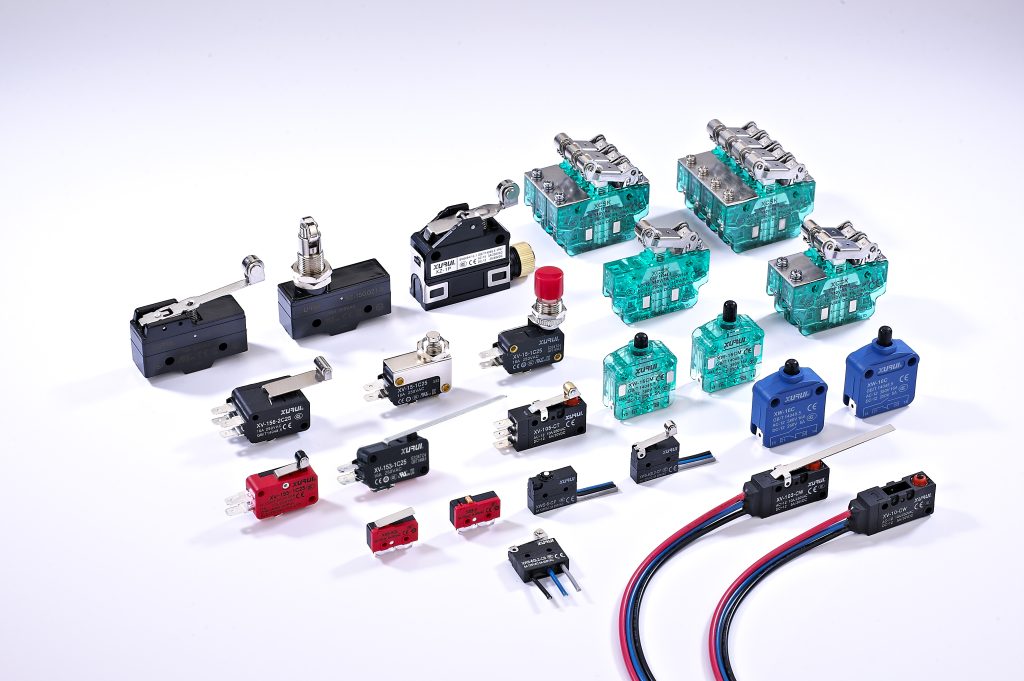
6 种限位开关解释
以下是 6 种类型的限位开关;
柱塞(推式)限位开关
这种类型的开关有一个柱塞,当接触时,该柱塞被推入。它还广泛应用于需要直线运动检测的电梯、门和机器。柱塞激活内部触点以启动或停止功能。这些安装简单,非常适合垂直运动。
滚轮杆限位开关
滚轮杆开关通过旋转臂进行机械作,旋转臂末端有一个轮子(滚轮)。当物体经过时,它会压在滚轮上,完成开关。它与传送带或自动化装配生产线完美配合。当需要检测侧向运动时,首选这些开关。
旋转限位开关
旋转开关检测旋转运动而不是直线运动。它们通常应用于起重机、起重机或大功率齿轮驱动组件。开关进入一个位置,表示在旋转特定次数时停止或改变。它们非常适合以控制为导向的电动设备。
晶须(弹簧杆)限位开关
这些开关包含一根又长又细的杆(类似于胡须)。轻轻触摸杆,使其弯曲并激活开关。他们擅长处理输送机上的易碎部分或轻质物体。这种类型非常适合对压力敏感的产品。
接近限位开关(非接触式)
接近开关不需要接触即可工作。相反,它们使用磁性或红外光来感知物体。它们非常适合潮湿、多尘或爆炸性环境。它们提供更长的使用寿命,因为不会发生物理磨损。
微型限位开关(微型速动)
微型限位开关体积小,响应速度快。它们灵敏准确,应用于电子、电器和机器人领域。他们以低力量打开,并负责重复性职责。这最适合紧凑和精密的安装。
如何为您的应用选择合适的限位开关
请按照这些选择正确的;
考虑运动类型和方向
考虑物体的运动。它是推动、滑动、转动还是按压?柱塞开关适用于制造,而旋转开关适用于旋转零件。始终将开关与机芯相匹配。不匹配可能会导致故障或磨损。
评估环境条件(灰尘、湿气、振动)
某些情况很严重。如果存在灰尘、湿气或振动,请选择密封开关。在这里,接近开关很好,因为它们不与任何东西接触。IP 级交换机在恶劣环境中更安全。
匹配电气要求和触点额定值
并非所有开关都能处理相同的电压或电流。检查系统的需求。确保开关在正常使用时不会过载或烧坏。查看触点配置并确保与您的控制系统兼容。
了解安装空间和机械限制
有些开关体积庞大;其他的则很小。如果空间紧张,请选择微动开关。此外,确保开关能够承受按下多远和按下多少次的力。通过正确放置安装座可以防止与振动相关的问题。

每种限位开关类型之间的主要区别
了解变化将帮助您做出更明智的决定。每种类型都有其优点和缺点。
机械限位开关与非接触式限位开关
机械开关需要物理接触。接近开关等非接触式开关不通过接触方式运行。您所接触的环境越干净、越安全,决策就越好。机械开关的维护可能会增加。
灵敏度、大小和用例的比较
- 微动开关体积小且非常灵敏。
- 旋转开关可处理更大的旋转机器。
- 晶须开关检测光接触。
根据任务的大小及其敏感性做出决策。精密驱动系统中也有灵敏度。
使用寿命、维护和成本考虑因素
开关的使用寿命更长,因为它们采用非接触式设计,不会磨损。机械部件可能需要提前清洁和更换。然而,它们往往更便宜。想想长期储蓄。考虑价格和更换它的可能性。
限位开关的常见问题 – 以及如何避免它们
以下是要避免的事项以及如何纠正它;
触点磨损和电弧
机械开关会随着时间的推移而磨损。这可能会导致接触不良或火花(电弧)。吸引优质零件并持续监控它们将帮助您避免事故。如果电弧是经常遇到的问题,请切换到非接触式或密封版本。
错位和误触发
当开关未正确插入时,它可能无法正常工作。或者更糟糕的是,它可能会在错误的时刻自行激活。确保其正确安装并且不会随着时间的推移而漂移。安全的安装和校准可以防止这种情况发生。
由于防护等级差而导致的环境故障
每个开关都不是为了抵抗灰尘或湿气而设计的。请务必记住查看 IP(入口保护)等级。举个例子,等级为 IP67 的开关据称是防尘防水的。如果您的预算较低,请购买保护套。
针对应用需求选择不兼容的开关
作不正确的开关可能会导致故障或人员伤亡。购买前查看规格。考虑负载、速度和移动类型。应始终识别制造商信息并查阅制造商的数据表。
安装和维护的最佳实践
这些做法使您的设备使用寿命更长。
正确的安装和校准技巧
使用正确的螺钉和支架安装交换机。将其与移动部件对齐。对其进行几次测试以确认它在正确的时间启动。校准使其准确。
例行检查以防止停机
注意是否有任何磨损、生锈或松动的电线。五分钟的检查可以节省数小时的维修时间。将其置于每周或每月的维护程序中。维护检查簿。
机械类型的润滑和清洁指南
当您的开关有移动部件时,请经常清洁它们。使用吸水毛巾或低气流。使用少量润滑剂后,应涂抹少量润滑剂,以防止吸引灰尘。过度使用润滑剂可能会导致堆积。
接线安全以及与控制系统的集成
使用正确的电线并避免电路过载。识别标签。它使安全诊断和维护系统变得更加简单。利用接线图。
用例场景 – 哪种交换机在哪里工作?
以下是不同类型在多个行业的使用方式。
传送带系统中的限位开关
经常使用滚轮杆和柱塞开关。它们会在物品经过时检测它们,并帮助引导或停止传送带。它们提高了效率并减少了人为错误。通过正确的对齐可以避免停机。
在 CNC 机器和机器人技术中的应用
CNC 机器需要精确的开关。微型开关和接近开关效果最佳。它们帮助机器在切割或雕刻过程中确定其精确位置。快速响应时间是这里的关键。
包装、升降机和起重机中的限位开关
旋转开关是电梯的标准配置。柱塞类型在包装系统中工作,以检测物品何时到达下一阶段。这些有助于保持安全和顺畅的流动。
在恶劣或危险环境中使用哪种类型
接近开关是最好的,因为它们保持清洁和安全。即使被灰尘或油覆盖,它们也能工作。如果密封良好,机械开关也可以工作。根据耐用性和危险风险进行选择。
结论
限位开关可能很小,但它们是巨大的贡献者。他们监控工厂系统、家用电器,并使一切安全、智能和高效。始终使用正确的柱塞、旋转或接近类型,具体取决于您的具体需求。
了解您的需求,审视您的空间,并从长远考虑。通过这种方式,您的机器将保持有效和安全。如果维护得当并使用正确的开关,您应该会提高生产率并减少故障。
